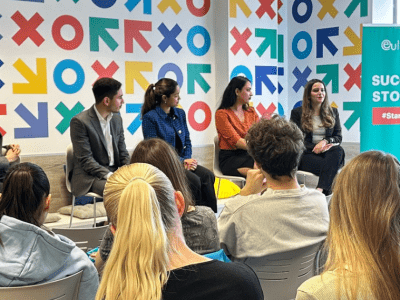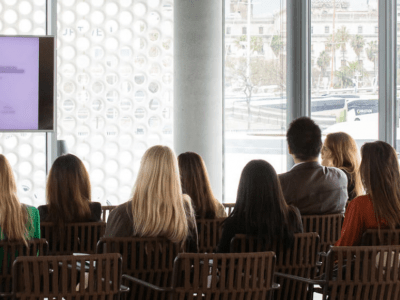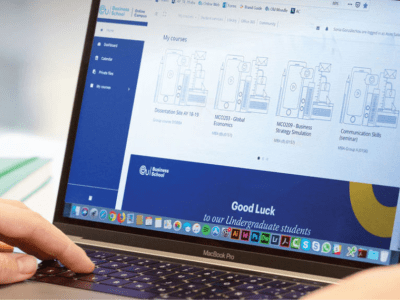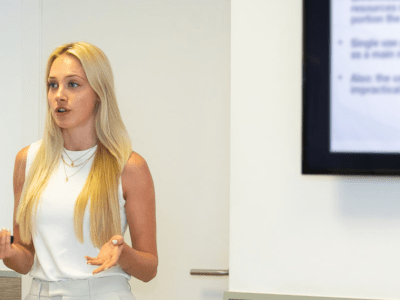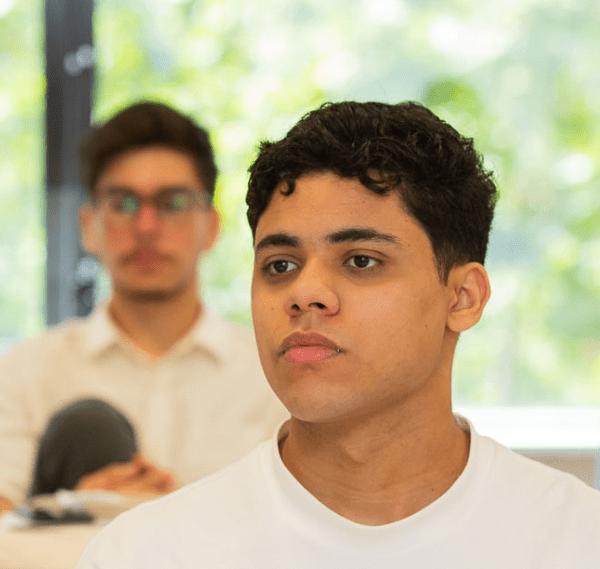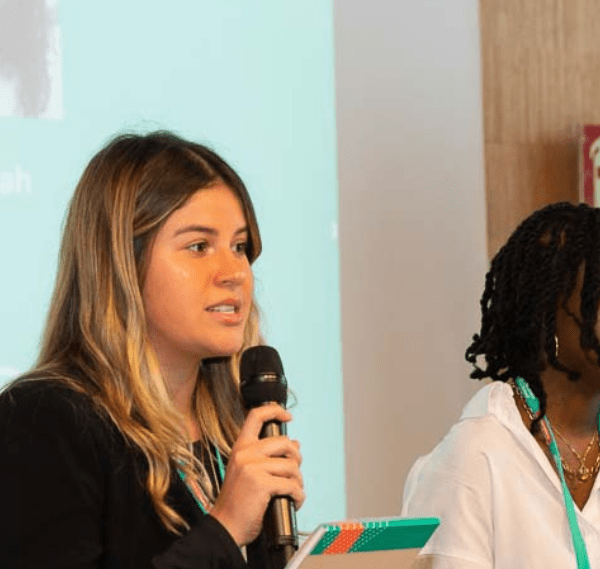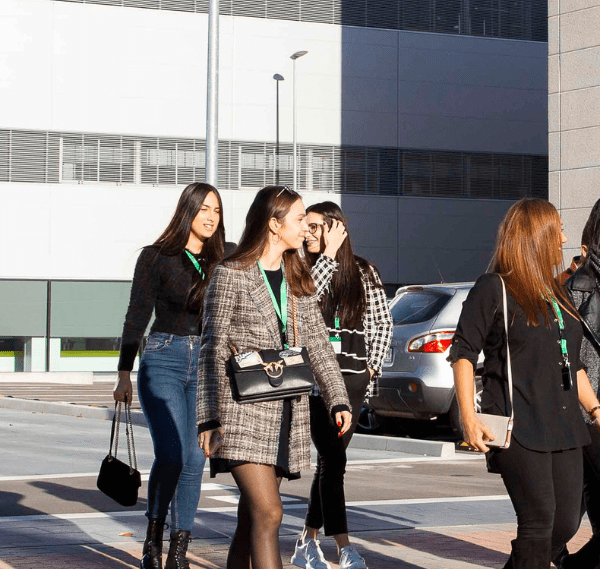The COVID-19 pandemic has affected the advertising industry in a variety of important and often paradoxical ways. While Google and YouTube have recorded sizeable slumps in ad revenues, social media usage has soared. And many trends have accelerated as a result of shifting behaviors.
EU Business School recently invited alumni Christoph Kastenholz to discuss the topic. Christoph is the co-founder of the advertising agency Pulse Advertising, which employs a team of over 100 people and has offices in Hamburg, London, Milan and New York.
In this post, we summarize his most insightful points, including his advice about how businesses can leverage opportunities in the post-COVID advertising landscape.
Putting Together a Coronavirus Response
While many clients have restricted their ad budgets to protect financial resources, demand for influencer marketing hasn’t dropped completely.
On the financial front, Christoph has built up resources to secure his company in the mid-term. Pulse also shifted its focus to industries experiencing high growth due to the pandemic, like tech businesses and food and beverage retailers.
In the longer-term, he is expecting a lot of competition in the labor market as agencies go out of business, which will present opportunities from a hiring perspective. Pulse is anticipating growth this year, in spite of COVID-19, and expects to expand its team.
Challenges and Opportunities in the Advertising Space
The events of the last few months have created both long-term and short-term opportunities in the advertising sector. Pulse has built strategies to deal with both.
Notably, many digital trends have accelerated, driven by an increasing number of users and demand for additional features. And Pulse is excited to leverage unused features and emerging platforms for its clients. TikTok, for example, which is the first Chinese company to achieve significant popularity in the West, has seen accelerated growth; Facebook has also shifted much of its attention to Instagram and WhatsApp.
One of the big worries for many businesses is that discretionary spending will likely remain low despite an easing of restrictions. This is what has happened in countries like China and Sweden, and the outlook is also poor for most of Europe.
From an influencer marketing perspective, however, this isn’t entirely bad news. Advertisers, motivated by a desire to capture sections of the online market, achieve wider reach and generate positive ROIs, are starting to come back to the table and are eager to allocate larger portions of their budget to digital media.
Understanding the Shift to Digital
Christoph outlined how media consumption is shifting away from traditional print and television outlets onto social platforms and digital publications.
He described how one advertiser he works with paid under four thousand euros for a large ad in Vogue, which would have been unthinkable only a few years ago. Gen Z users, who represent a growing consumer cohort, spend around six hours per day on digital channels, with around three hours on social media.
Advertisers need to adapt to these changes while understanding the challenges inherent in digital media advertising. One major concern, for example, is that a significant portion of Gen Z users have ad-blocking technology installed on their phones and browsers. Click-through rates on paid banner ads are also tiny (below 0.1%). Equally, research has shown that consumers interact with a brand across ten to twelve touchpoints before making a purchase, which presents a sizable challenge for advertisers paying for influencer marketing.
Christoph said that retargeting plays a central role at Pulse. Retargeting users with the same or similar content posted by influencers allows brands to achieve greater levels of exposure, overcome low click-through rates and reach customers across more touchpoints without relying exclusively on traditional CPC models.
Making Space for Cultural Differences
As a global company, Pulse deals with advertisers, influencers and platforms in many different countries. Christoph himself has admitted that he would probably struggle to cross so many cultural barriers. And that’s why Pulse has built a diverse, international team.
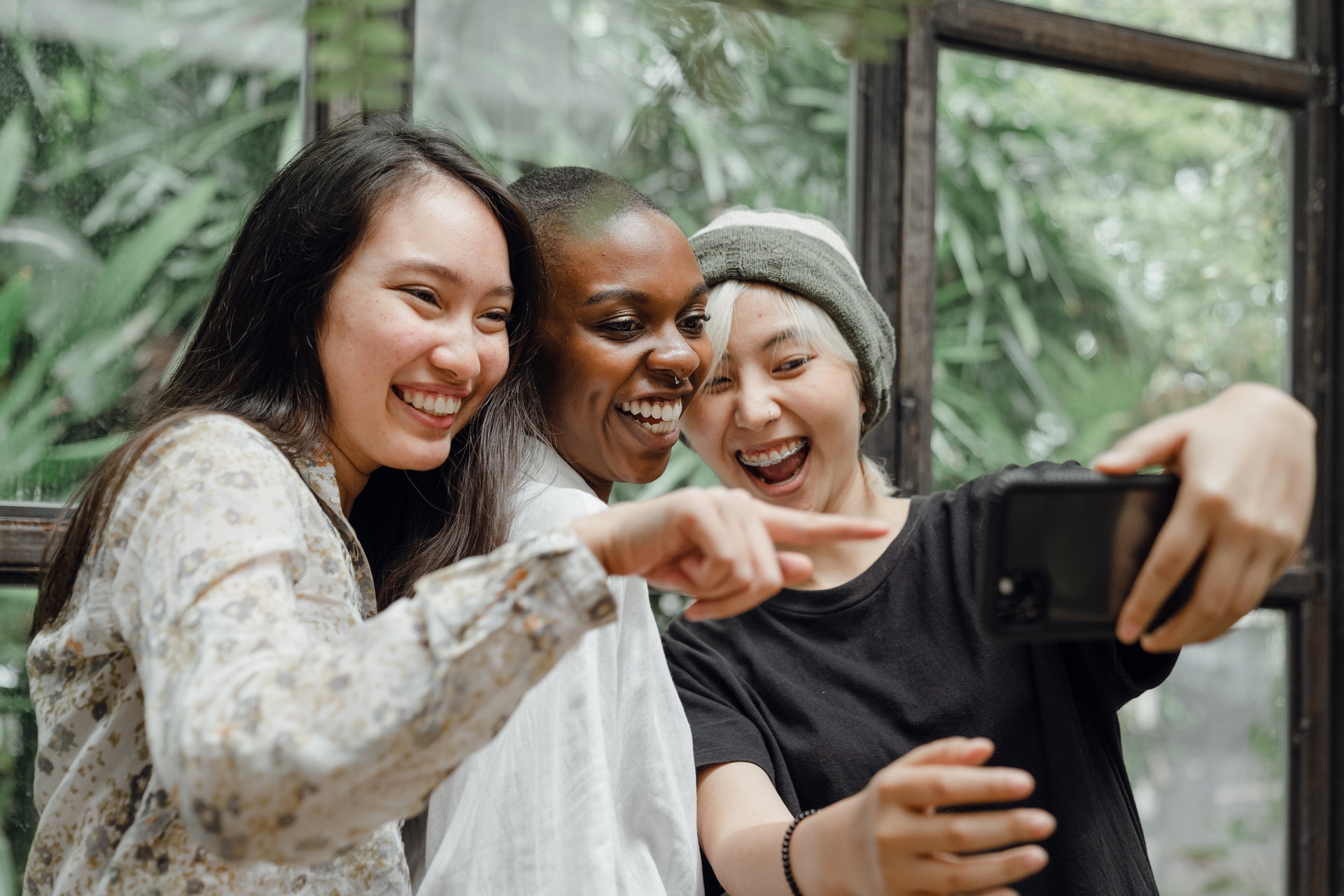
Pulse employs people from all over the world, so there’s a lot of intuitive understanding when it comes to cultural differences. China in particular is very innovative in regard to social media, so it’s essential to be engaged with Asian markets.
This multifaceted skill set is especially valuable when dealing with micro-influencers that appeal to local, niche groups of people. Seeking long-term collaborations with larger, trend-setting influencers is also much easier when there’s shared cultural understanding.
Christoph sees the ability to work in foreign markets, especially China, as a key competitive advantage, with many agencies avoiding the opportunity altogether because of the difficulties involved.
Building a Tailored Evaluation Model
A lot of people want exact answers to questions like, “How much should I pay for an Instagram story?” or, “What is a good click-through rate for a sponsored post?”
Although it’s not the reply a lot of marketers want to hear, Christoph said that there are no exact figures. His agency has spent anywhere from five hundred to hundreds of thousands of dollars on sponsorship opportunities.
Most campaigns contain numerous roles for influencers, and it’s important to evaluate advertising opportunities in this context.
Fundamentally, businesses should determine how much a promotional slot is worth based on their own in-house metrics and past data, exploring a variety of measures. Brands should consider quantitative metrics like impressions and clicks in conjunction with more qualitative indicators like engagement.
Christoph also pointed out that third-party tools which analyze influencer accounts are notoriously unreliable and often rely on predictions and incomplete data. It’s good practice to approach content publishers directly and ask for analytics information taken directly from their accounts.
Excited at the Prospect of a Career in Digital Marketing?
While the COVID-19 crisis has shaken markets and economies across the world, it has also opened up opportunities for innovative companies.
If a career in digital business interests you, perhaps even as the head of your own startup, take a look at our Bachelor of Arts in Digital Business, Design & Innovation and our Master in Digital Business.




